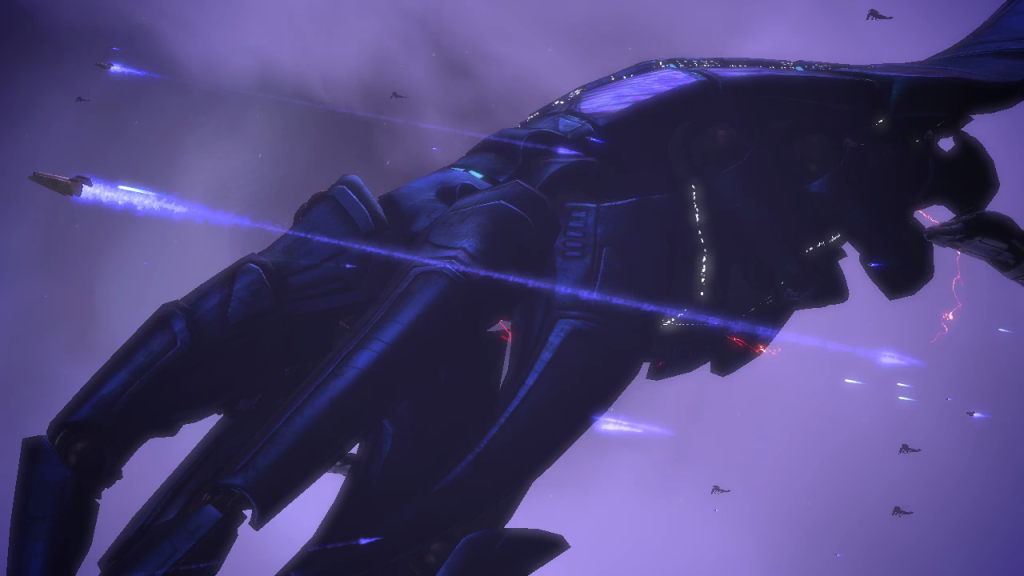Our next monster story to look at is Snow by Ronald Malfi. This one…is not a favorite. Fair warning to anyone who plans to read it, there will be spoilers in this post.
But let’s start by discussing what I liked about this book–namely, the monsters. Snow is the story of a
The Snow (capitalized to avoid confusion with regular snow, because the creatures themselves aren’t given a name in the novel, unless it just passed right by me) prefer to take people over. They either use them as temporary puppets–a trick they can perform even with corpses–or enter their bodies to use them as more permanent “skin-suits” (it doesn’t work with children, however, who end up faceless). Either way, they solidify their sword-arms in order to get inside a person. Although these “skin-suits” can imitate humans decently enough, as shown by Eddie Clement, the monsters in Snow regrettably act more and more like zombies as the story goes on.
Actually, more than zombies, the skin-suits reminded me of the Taken from Alan Wake. Just like the Taken need to be blasted with light before they can be killed, the Snow (seriously, was there a real name given to them?) need to be hit with heat, which forces them into a corporeal form. Both are also controlled by an external consciousness–the Taken are controlled by the Dark Presence, and the Snow receive orders from the mysterious storm that rages over the town.
This is all pretty wacky stuff–the monsters look like snow, except they have blades for arms. They take over humans and can imitate them somewhat successfully, except for children, which become faceless for no clearly explained reason (but it’s creepy and reminds me of Noppera-bo, so I’m not complaining), and near the end they show a couple more forms they’re capable of. It’s weird, but I like it. Even though they start acting more like a zombie horde in Snow, the idea behind them isn’t quite like anything else I’ve heard of. And I love snow. It was very interesting to see something I love turned into a monster.
Their origin, motivation, and true nature is never made entirely clear. It’s suggested that they come from “a whole other world, a whole other dimension” (298). The fact that they struck multiple towns, and that the epilogue implies they aren’t finished yet, indicates a plan. It wasn’t just a random event, but the book never gives solid answers, either. I’m not sure how I feel about that. I’m just glad it didn’t try to tell me they came from genetically modified food.
All right, now that I’ve talked about what I liked, let’s move on to what I disliked.
Everything else.
Okay, that’s unfair. It wasn’t a terrible book. Compared to some literary things I’ve been forced to read, this was a masterpiece. I didn’t hate it. I just didn’t particularly like it, either. I felt nothing for the characters. I found Nan and Fred to be more interesting than any of the others, but the book chose to focus on Todd and Kate. It wasn’t long before I figured out that Todd and Kate were THE main characters, as they encountered various survivors here and there and outlived them. And I just didn’t care. The book tried to throw pieces of their past at me (and either it was my imagination, or every point of view character narrated their sexual history, because that’s what people think about during the Apocalypse, apparently), but it didn’t help. It didn’t feel like character development. It just felt like a bunch of facts about some people I didn’t care about.
Once the skin-suits took on their zombie characteristics, then really all I had was yet another zombie story, with survivors I didn’t care about. And then I was just waiting for it to end.
Snow had an interesting premise and interesting monsters, but they weren’t enough to keep my interest. I would have liked to see more about the Snow–and maybe the point of view of someone as they were taken over. I don’t think we got even a single one of those. It had a lot of potential, but it didn’t live up to it.
Malfi, Ronald. Snow. New York: Dorchester, 2010. Print.






